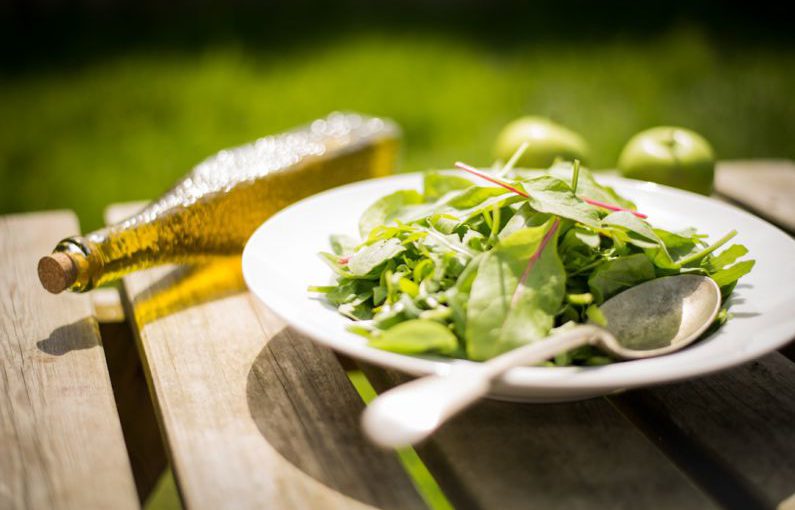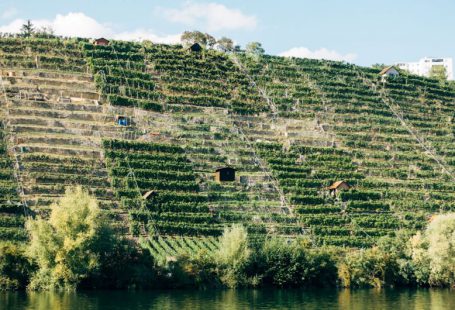The tantalizing aroma of spices and charcoal smoke wafting through the air, the sizzling sound of marinated meat searing on hot coals – these are just a few of the sensory delights that come to mind when one thinks of Indian tandoor cuisine. Originating in the rugged terrains of the North Indian region, tandoor cooking has a rich history that dates back centuries. In this article, we will delve into the intricate world of Indian tandoor cuisine, exploring its traditional methods, popular dishes, and the cultural significance it holds in Indian culinary traditions.
**The Art of Tandoor Cooking**
At the heart of Indian tandoor cuisine lies the traditional clay oven known as the tandoor. This cylindrical oven is typically made of clay or metal and is heated by charcoal or wood, giving it the ability to reach high temperatures ideal for cooking meats, bread, and vegetables. The tandoor’s unique design allows for even cooking and imparts a distinct smoky flavor to the dishes cooked within it.
**Marinades and Spices**
One of the hallmarks of Indian tandoor cuisine is the art of marination. Meats, such as chicken, lamb, and fish, are often marinated in a blend of yogurt and spices for hours, or even overnight, to tenderize the meat and infuse it with flavor. Common spices used in tandoor marinades include cumin, coriander, turmeric, garam masala, and chili powder, creating a harmonious blend of savory and aromatic notes.
**Popular Tandoor Dishes**
From succulent kebabs to fluffy naan bread, Indian tandoor cuisine offers a wide array of dishes that cater to every palate. Tandoori chicken, a marinated and grilled chicken dish, is perhaps one of the most well-known tandoor dishes worldwide, celebrated for its vibrant red color and smoky flavor. Other popular tandoor dishes include seekh kebabs, marinated minced meat skewers, and tandoori roti, a type of unleavened bread cooked in the tandoor.
**Regional Variations**
While tandoor cooking is synonymous with North Indian cuisine, various regions across the Indian subcontinent have put their own unique spin on this traditional cooking method. In the South Indian state of Tamil Nadu, for example, the tandoor is used to prepare dishes like tandoori prawns and tandoori fish, showcasing the region’s love for seafood and bold flavors. In the western state of Rajasthan, the tandoor is used to make dishes like laal maas, a fiery red meat curry that is sure to tantalize the taste buds.
**Cultural Significance**
Beyond its culinary prowess, tandoor cooking holds a deep cultural significance in Indian traditions. The communal act of sharing a meal cooked in the tandoor is a time-honored ritual that brings families and communities together. The tandoor’s ability to create flavorful and aromatic dishes has made it a staple at weddings, festivals, and other celebratory events, symbolizing warmth, hospitality, and togetherness.
**Exploring Tandoor Cuisine Today**
In modern times, the art of tandoor cooking has transcended borders and has gained popularity worldwide. Indian restaurants around the globe feature tandoor dishes on their menus, catering to a diverse range of palates. Additionally, contemporary chefs are experimenting with new flavors and ingredients, adding a modern twist to traditional tandoor recipes while still honoring the essence of this ancient cooking method.
**In Summary**
Indian tandoor cuisine is a culinary treasure trove that embodies the rich flavors, vibrant spices, and cultural heritage of India. From the smoky aroma of marinated meats grilling in the tandoor to the soft, pillowy texture of freshly baked naan bread, each dish tells a story of tradition, innovation, and culinary artistry. Whether enjoyed in a bustling street-side eatery in Delhi or a fine-dining restaurant in New York, the allure of Indian tandoor cuisine continues to captivate food enthusiasts around the world, inviting them to savor the magic of this ancient cooking technique.





